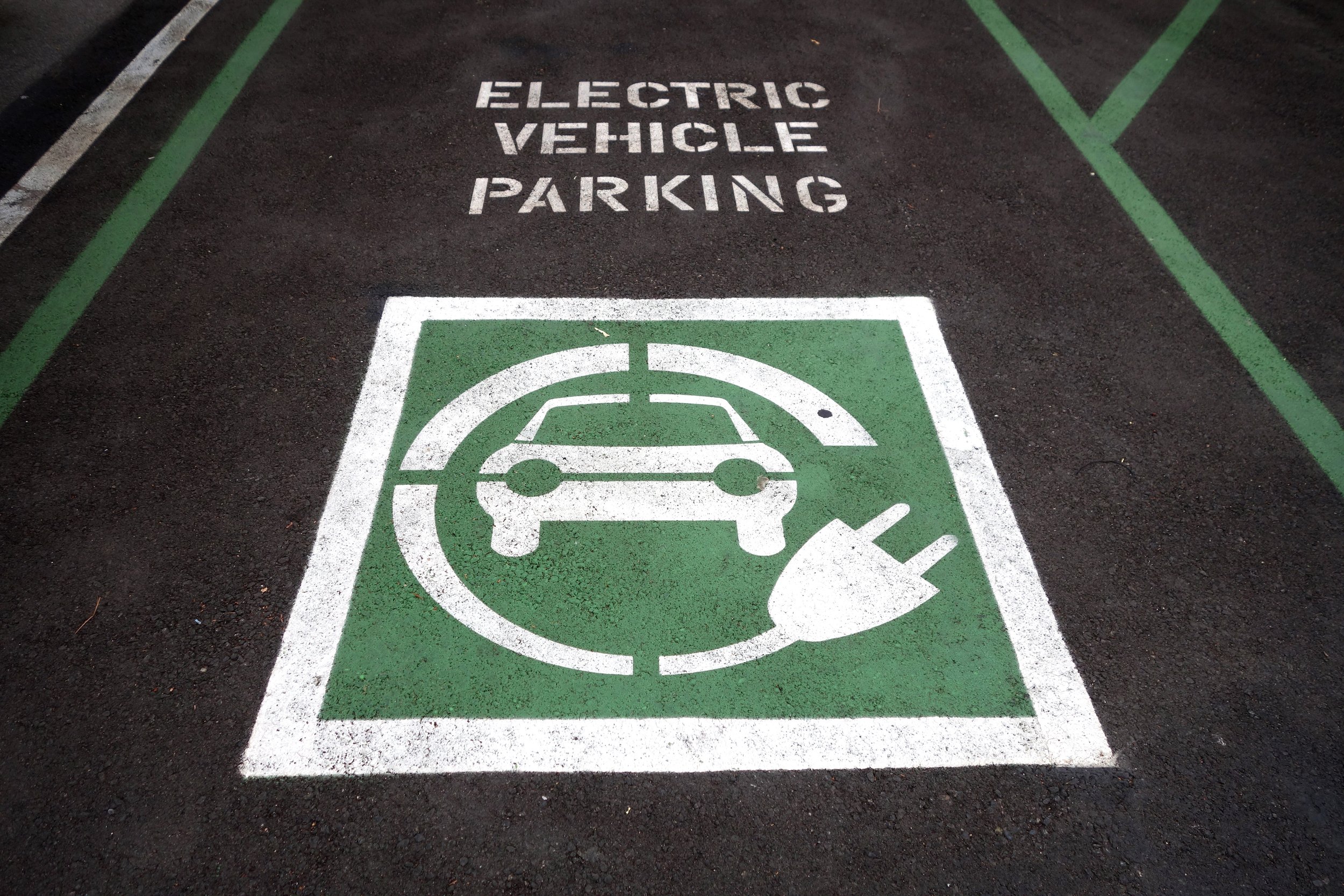Why Can’t Every Day be Earth Day?
Ever wonder why the Earth gets one day, April 22nd, while something like soup gets the entire month of January? We like soup but it doesn’t seem right.
The Earth provides 8 billion people with everything to sustain life 365 days a year. The air we breathe. The food we eat. The water we drink. In short, the raw materials we need to create our advanced civilization.
It’s good to know there’s a group of scientists and innovators who act like every day is Earth Day. They spend their careers thinking about how to make our planet a better, healthier, cleaner, smarter place to live. Many of these folks are our customers and colleagues in the aerospace, automotive, glass, medical device and semiconductor industries. And many of their Earth-friendly inventions rely on precious metal sputtering targets.
Building a forward thinking glass industry.
Architecture2030.org estimates that buildings account for 42 percent of annual global carbon emissions. Building operations are 27 percent of this while embodied carbon, the carbon footprint of a building or infrastructure project before it becomes operational, adds another 15 percent. Glass industry innovations are set to reduce both of these numbers signficantly. Energy efficient Low-E glass, which is often coated with a thin film of silver from a sputtering target, significantly lowers the amount of carbon consumed to heat and cool buildings. Many leading companies in the glass industry are lowering the embodied carbon in their glass and making it transparent to builders so they can make more Earth friendly decisions.
Leading glass companies have also created innovative new bird safe glass designed help prevent fatal bird strikes on their windows which can be dangerous to migratory birds.
These are just two areas where the glass industry is helping making a clear difference for the Earth.
Safer cars, safer drivers, safer Earth.
Cars and vans account for 10 percent of global carbon emissions. The automotive industry uses precious metal sputtering targets for a wide range of applications that reduce carbon emissions and increase safety.
Precious metal sputtering targets are used in the manufacturing of auto dimming, electrochromic mirrors, which help reduce glare, prevent accidents and keep roads safer. Precious metal sputtering is also essential to in coating sensors in the latest EVs and other fuel-efficient vehicles.
Precious metal sputtering targets will continue to play an important role in vehicle safety and decreasing carbon footprint as new technologies come to market.
Medical innovations for a healthier planet.
Over 400 million people on Earth live with diabetes. Precious metal sputtering targets are essential in creating diabetes test strips which help people living with the disease manage their blood sugar.
Due to the antimicrobial properties of precious metals, life-saving medical devices of all kinds feature a thin film of gold, silver, platinum and palladium from a sputtering target.
These innovations result in a healthier population for a healthier Earth.
Semiconductors create indispensible tools.
Laptops, phones, games, microwaves, refrigerators, radios, solar cells, cars, satellites. Semiconductors are found in every device you can think of and some you can’t. A world without them would be unimaginable.
Semiconductors help build tools used to power innovations that change the world. Precious metal sputtering targets are often used to build semiconductors.
Checking in on Earth’s neighbors.
The aerospace industry helps us see our planet from a 30,000 foot level. And precious metal sputtering helps aerospace innovators see further than ever.
For example, the Webb Telescope mirrors are coated in an extremely thin film of gold. The mirrors of ESO’s Extremely Large Telescope at the Paranal Observatory in Chile uses sputtered silver. The face shields of astronauts are often coated in a thin film of gold. Innovative rovers created to explore planets use sputtered precious metals on their components for its superior corrosion resistance.
The more we learn about the origins of Earth, our solar system and the universe we inhabit, the more we can imagine a more sustainable future.
Precious metal sputtering targets are part of the solution.
They explain that the net-zero economy will be metal-intensive. As the move toward cleaner technologies progresses, the metals and mining sector will be called on to provide raw materials required for energy transition.
We’re proud of the role precious metal sputtering targets and vacuum coating technology plays in enabling many of the technologies that are helping move the Earth and all of us who live here, forward.
Here’s to all the people helping to make sure we celebrate Earth Day, every day.





